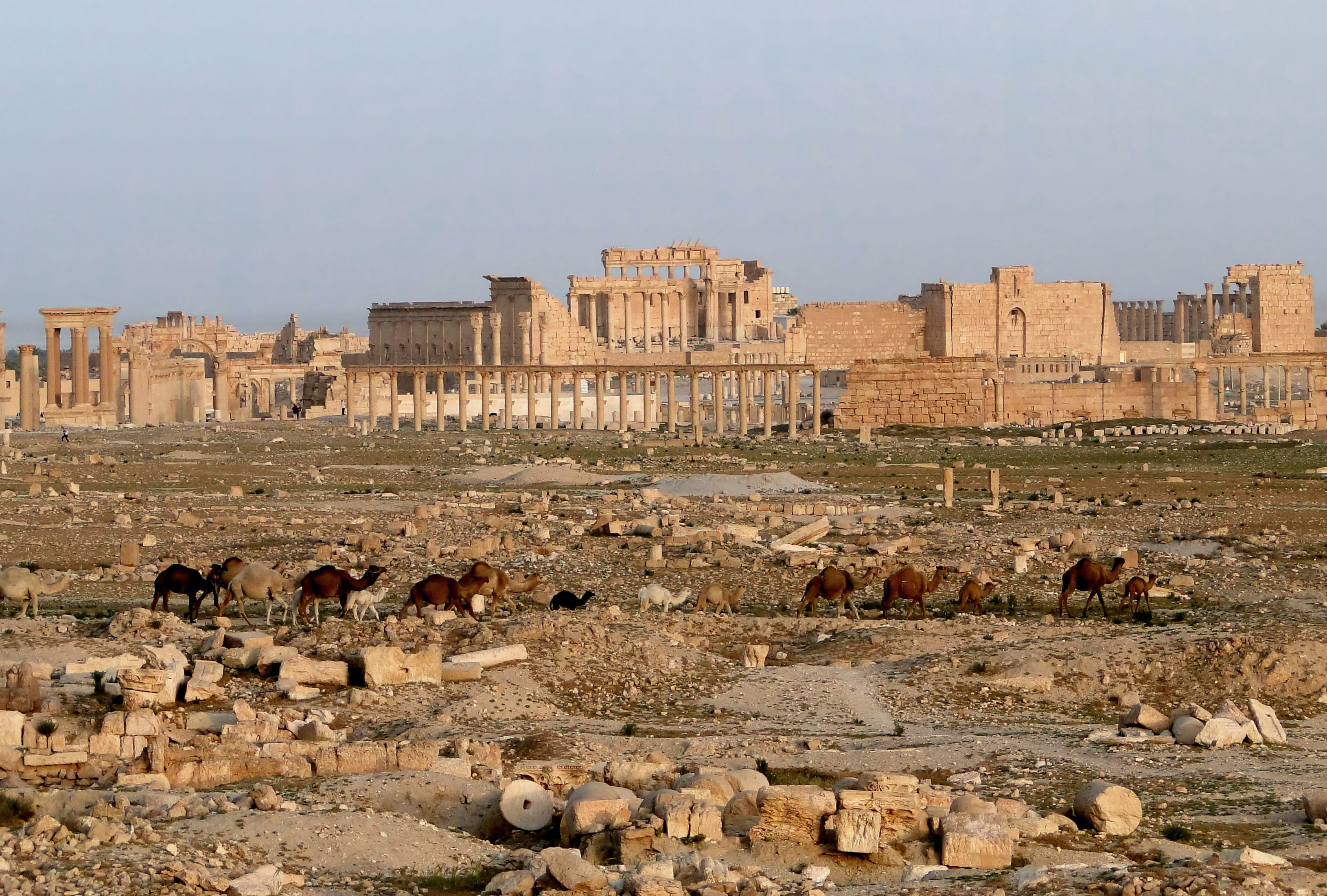Free Historical Research Template
HISTORICAL RESEARCH
This research paper was diligently prepared by [YOUR NAME], proudly representing [YOUR COMPANY NAME]. For further inquiries or collaborations, please contact us via email at [YOUR COMPANY EMAIL], phone at [YOUR COMPANY NUMBER], or visit our website [YOUR COMPANY WEBSITE]. Follow our insights and updates on [YOUR COMPANY SOCIAL MEDIA].
I. Introduction to Mesopotamian Civilization
Mesopotamia, often referred to as the "cradle of civilization," was situated between the Tigris and Euphrates rivers in present-day Iraq and parts of Syria and Turkey. Its fertile land and strategic location facilitated the rise of the world's earliest urban societies. This section provides an overview of Mesopotamia's geographical features, historical significance, and the context in which its civilizations emerged.

II. Political Structures
Mesopotamia's political landscape was characterized by the emergence of city-states, each governed by a monarch or a council of elders. City-states like Uruk, Ur, and Babylon vied for power and influence, leading to complex political dynamics. This section delves into the organization of Mesopotamian city-states, the role of kingship, theocracy, and the evolution of political institutions.
The concept of kingship was deeply intertwined with religion in Mesopotamia. Kings were often regarded as intermediaries between the gods and the people, tasked with maintaining cosmic order and ensuring prosperity. This subsection explores the divine aspects of kingship, the rituals associated with kingship, and the political ideologies that shaped Mesopotamian governance.
III. Technological Advancements
Mesopotamians were pioneers in various fields of technology. They invented the wheel, which revolutionized transportation and trade and developed sophisticated irrigation systems to harness the power of the rivers for agriculture. This section examines the technological innovations of Mesopotamian civilizations, their impact on society, and the ingenuity of ancient Mesopotamian engineers.
Cuneiform writing, the earliest known form of writing, emerged in Mesopotamia around 3500 BCE. This writing system, consisting of wedge-shaped characters inscribed on clay tablets, facilitated record-keeping, literature, and administrative tasks. This subsection explores the development of writing, the uses of cuneiform, and its significance in preserving Mesopotamian history and culture.
IV. Daily Life
Mesopotamian society was stratified, with the ruling elite, including kings, priests, and nobles, enjoying privileges while the majority of the population engaged in farming, trade, and crafts. This section provides insights into the social structure of Mesopotamia, the roles of different social classes, and the daily lives of Mesopotamian citizens.
Family was central to Mesopotamian life, with households headed by patriarchs and extended families living together. Women played significant roles in managing households and sometimes participated in trade and religious activities. This subsection explores the dynamics of family life, gender roles, and familial relationships in ancient Mesopotamia.
V. Economic Systems
Agriculture formed the backbone of the Mesopotamian economy, with farmers cultivating crops like barley, wheat, dates, and vegetables in the fertile soil of the river valleys. This section investigates Mesopotamia's agricultural practices, the organization of labor, and the economic significance of agriculture.
Trade was essential for Mesopotamia's prosperity, with merchants transporting goods along rivers and overland routes to distant lands. Cities like Ur and Nineveh became thriving centers of commerce. This subsection explores Mesopotamia's trade networks, the commodities traded, and the economic impact of trade on Mesopotamian society.
VI. Cultural and Religious Practices
Mesopotamians practiced a polytheistic religion, worshiping a pantheon of gods and goddesses associated with natural forces, celestial bodies, and aspects of human life. This section examines Mesopotamian religious beliefs, rituals, temples, and the role of priests in religious practices.
Religious rituals, including sacrifices, offerings, and festivals, were integral to Mesopotamian life. Temples served as centers of worship and economic power, controlling land and resources. This subsection explores Mesopotamian religious rituals, the hierarchy of gods, and the cultural significance of religious practices.
VII. Art and Literature
Mesopotamian art flourished in various forms, including sculpture, relief carvings, and decorative objects made from materials like clay, stone, and metal. This section analyzes Mesopotamian art styles, techniques, themes, and the cultural significance of artistic expressions.
Literature in Mesopotamia encompassed epic tales, myths, hymns, and legal texts. The Epic of Gilgamesh, one of the earliest known literary works, explores themes of heroism, friendship, and mortality. This subsection examines Mesopotamian literary works, their themes, genres, and contributions to world literature.
VIII. Methodology
The research methodology involved a comprehensive review of archaeological excavations, analysis of historical texts and inscriptions, and consultation of scholarly literature on Mesopotamian history and culture. This section details the research methods employed to gather and analyze data for the study.
Mesopotamian civilizations faced numerous challenges, including invasions, environmental degradation, and internal conflicts, leading to the decline of urban centers like Ur and Babylon. This section investigates the factors contributing to the decline of Mesopotamian civilizations and the transformations that occurred during the late periods.
Despite its decline, Mesopotamia's legacy endured through its contributions to civilization, including writing, law codes, mathematical concepts, and architectural innovations. This subsection explores the lasting legacy of Mesopotamia on subsequent civilizations and its influence on world history.
IX. Conclusion
In conclusion, the study underscores the significance of Mesopotamia as a cradle of civilization, shaping the course of human history through its innovations, institutions, and cultural achievements. This section summarizes the main findings of the study, reiterates its significance, and offers concluding remarks.
X. References
-
Adams, R. (2018). Daily Life in Ancient Mesopotamia. Cambridge University Press.
-
Crawford, H. (2004). Sumer and the Sumerians. Cambridge University Press.
-
Jacobsen, T. (1976). The Sumerian King List. University of Chicago Press.
-
Kramer, S. N. (1963). The Sumerians: Their History, Culture, and Character. University of Chicago Press.
-
Van de Mieroop, M. (2007). A History of the Ancient Near East, ca. 3000-323 BC. Blackwell Publishing.